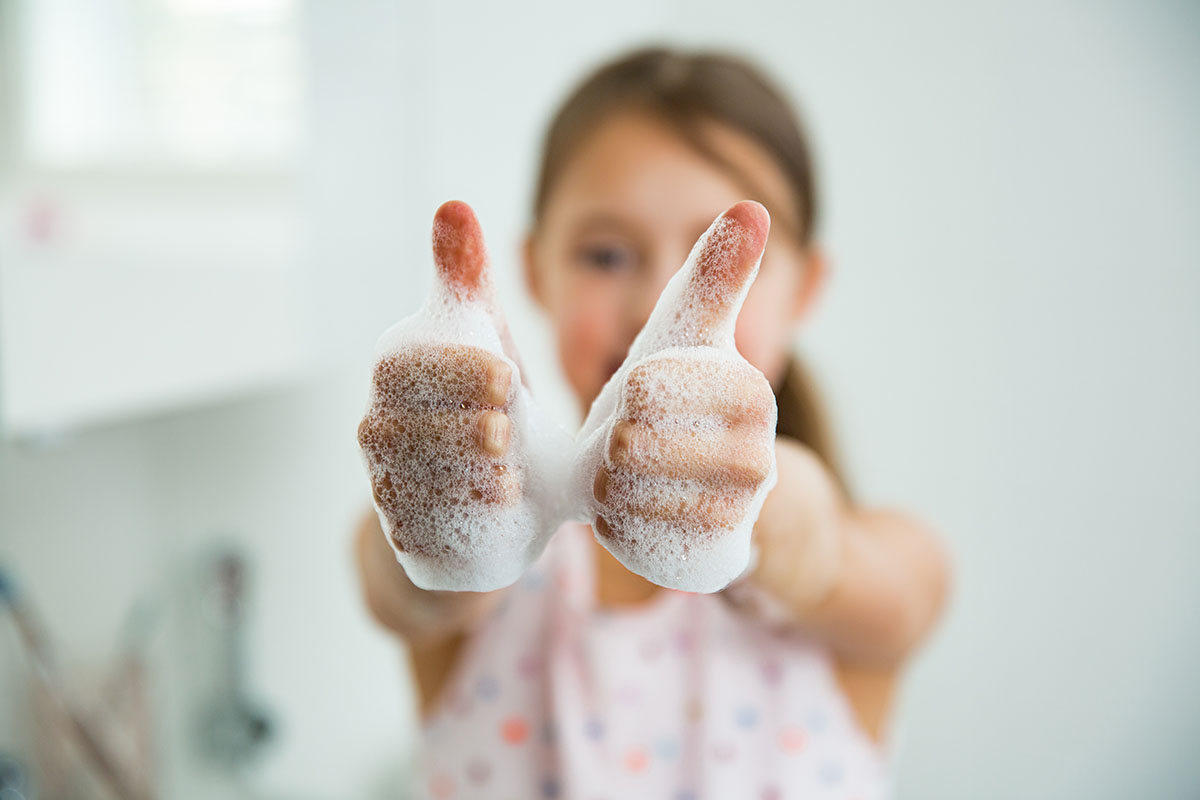
During the Covid 19 pandemic washing hands and disinfecting surfaces has become essential, but be careful not to fall into the phobia. Because there’s a difference between following the advice of the World Health Organization and becoming obsessive.
Although the WHO has even promoted a world day, May 5, dedicated to washing hands as the first preventive measure against infections.
What is rupophobia
The word rupophobia comes from the Greek rupos (dirty) and phobos (fear). To some extent, it is an Obsessive Compulsive Disorder characterized by a pathological and irrational fear of dirt and what can be a potential source of contamination.
The person who suffers from it is therefore obsessed with dirt and repeatedly performs the act of cleaning himself and the environments around him. Because this serves to relieve anxiety and fear.
How does rupophobia manifest itself?
With obsessive thoughts, i.e. mental images that cause anxiety. The fear of being contaminated and of contracting a disease or the disgust for certain environments or situations invade the mind.
Therefore, repetitive behaviors are implemented which become real rituals (such as washing hands repeated numerous times and with exaggerated attention) to counteract the anguish. But the relief is only temporary, as the fear of getting infected returns.
Those suffering from this disorder can also resort, to protect themselves, to specific attitudes such as:
- Use hand sanitizers and antibacterial creams.
- Avoid handshakes and human contact.
- Wash your hands continuously.
- Use the shirt sleeve to open a door.
- Wear gloves.
- Do not attend social events and people who may be ill.
- Avoid crowded places and animals.
- Do not enter hospitals, doctors or public toilets.
However, these behaviors not only significantly affect quality of life, but can also cause physical harm such as red, dry, cracked or irritated skin and even skin lesions prone to bleeding and infection.
Furthermore, if he is involuntarily exposed to situations considered potentially dangerous, the subject may experience an increase in heart rate, nausea, shortness of breath and sweating. Real symptoms, typical of panic attacks.
What are the causes?
A mix of genetic and psychological factors, as well as specific life experiences. A family history of OCD, anxiety disorders, or an upbringing that is overly focused on cleanliness also increases the chances of developing this disorder.
How is rupophobia treated?
In the most serious cases, the indicated therapy is the cognitive-behavioral one which has proved to be particularly effective for the treatment of this disorder. Specifically, adopting the exposure and response prevention (ERP) strategy is helpful. In other words, the subjects are encouraged to expose themselves to their own obsessions (in this case the fear of dirt) and to delay the implementation of the rituals to alleviate the discomfort. The goal is not to eliminate obsessive thoughts, but to learn to tolerate and manage them.
In less serious cases, which are the majority, it is possible to help the subject gradually change his attitude. The hard line is not constructive, while dialogue and small compromises can help reduce the discomfort.
Sources: Watson Institute
